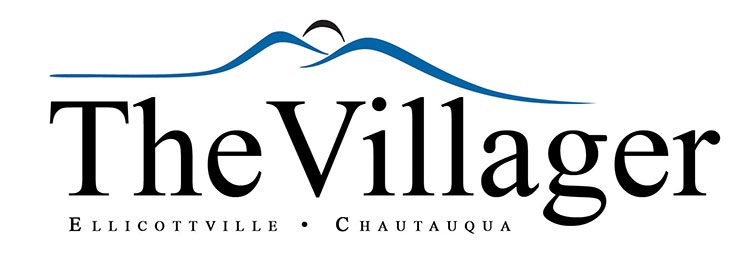Carol Fisher-Linn
Heigh Ho Come Off to the Fair We Go… It’s that time of year
Modern fairs are a delightful trip into the past and an enlightening glimpse into the future. County fairs may not compete with state fairs in size and duration, but without a doubt, a full day spent at our local county fair will leave any fairgoer with a satisfied belly filled with anything from cotton candy and sugar waffles to down-home fried chicken, fried twinkies and other strange concoctions that are the newest trend – and dusty sore feet.

Go back in time when you were a kid and were old enough to be let loose by the folks. They handed you a handful of tickets with stern instructions to go see all the farm animals, be safe and not eat anything that would give you a belly ache. Right! What freedom! What adventure! What’s the first snack/food booth you headed for as soon as you were out of their sight? We didn’t have Krispy Kreme triple cheeseburgers or deep-fried Starbucks back then, but we did have bright red candy apples, funnel cakes, curly fries, hot dogs, powdered sugared waffles, shaved ice, cotton candy, popcorn, corn dogs … come on, help me out here. You name some. Of course, you’d get your belly full first, and then find the whirliest, upside-downiest, loopiest, fastest carnival ride you could find.
Let me tell you a little bit about the interesting history of fairs. According to fair-related sources on the ‘net, roots trace back to the Bible (Book of Ezekiel in Tyres) with evidence of fairs more than 2000 years ago. True, they were commercial – a place for merchants to sell their wares, but get this, worship was also involved with fields adjacent to temples set aside for traveling fairs. Of course, the churches profited from their generosity. Could this have been the beginning of church bazaars?
The oldest operating fair in North America began in 1765 in Windsor, Nova Scotia. It is still going strong. In the US, the first recorded fair was in 1811 in Pittsfield MA, thought up by Elkanah Watson, a retired banker, traveler, promoter, agriculturalist, writer- then Merino sheep farmer. He wanted to promote better farming practices and stimulate competition. Hs fair involved activities for men, women, and kids. We did have fairs for a few years in Trenton NJ beginning in 1745. It was promoted by King George to buy and sell livestock and other goods. It lasted five years until a vote in the legislature shut it down. Sound familiar? An International Association of Fairs and Expos was established with 6 fairs. By the close of the 19th century almost every state had one. Trivia question: what is a “jollification?” It’s a fair started in 1798 by a founding family in Barton, Ohio that they mirthfully called a “jollification.” That fun lasted for 25 years until the Geauga County Agricultural Society took it over and called it a proper “fair.”
Over time, things evolved. Domestic pursuits were added to the livestock and farm machines. Exhibits included boxing competitions, sideshows, livestock sales, cornhusking, pie eating, lumberjack contests, horse racing, hot air balloons and parachutists jumping from them, gardening, quilting, cooking and sewing. Car races appeared with the advent of the automobile.
All this took place all over the nation but here closer to home natives were involved in their own little dramas and shenanigans to get their fairs located where they wanted. A piece from app.chautauquacounty.com called Fair’s Fair Fredonia NY by Douglas H. Shepard tells the convoluted story about how the Chautauque (original spelling) County fair FINALLY ended up and stayed at the current fairgrounds. Look it up. Their first fair was in 1821 so there is a lot of history to dig through.
Likewise, the Cattaraugus County Fair bounced around for a bit before it finally settled in permanently at the current fairgrounds. Begun in 1842, a highlight was in 1899 when it was visited by then New York Governor Theodore “Teddy” Roosevelt. It’s one of the oldest in the nation, and here’s a final fun fact: for the first 8-10 years it was held in the Ellicottville Village Square. Found more about this, including posters, at the County Museum in Machias.
